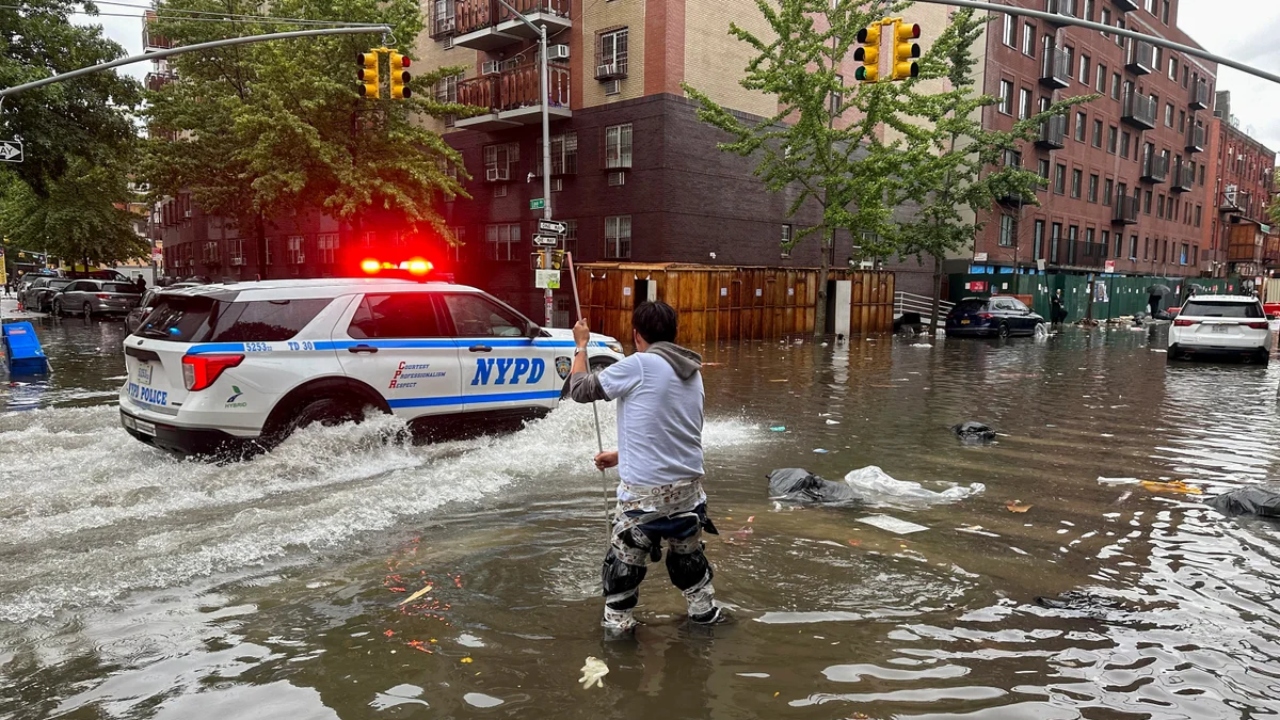
On October 12, 2025, New York Governor Kathy Hochul declared a State of Emergency for New York City, Long Island, Westchester, and neighboring counties, preparing to safeguard over 8.5 million people before a fierce nor’easter arrived.
This emergency response means local agencies can act quickly, using extra resources and funding to protect residents. Officials are working closely on plans to manage flooding, power outages, and wind damage so people get timely support.
Millions at Risk in the Path
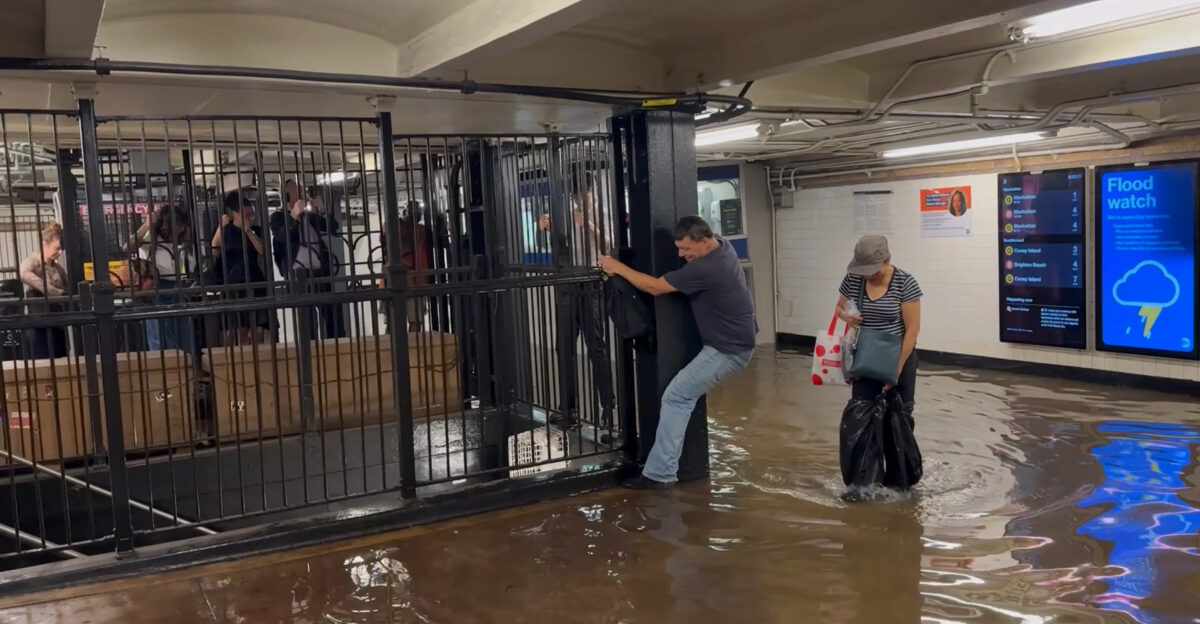
The State of Emergency covers more than 8.5 million New Yorkers who live in areas expected to be hit by the nor’easter. Residents throughout the Bronx, Brooklyn, Manhattan, Queens, Staten Island, Nassau, Suffolk, and Westchester counties face threats from intense rain, dangerous winds, and major flooding.
As weather alerts continued Sunday night into Monday, emergency agencies prepared shelters, checked equipment, and issued warnings urging everyone to stay off the roads whenever possible. With the storm forecasted to bring up to three inches of rain and powerful gusts, authorities warned that property damage, transit issues, and safety hazards were not just possible but likely.
Nor’easter, What’s That?
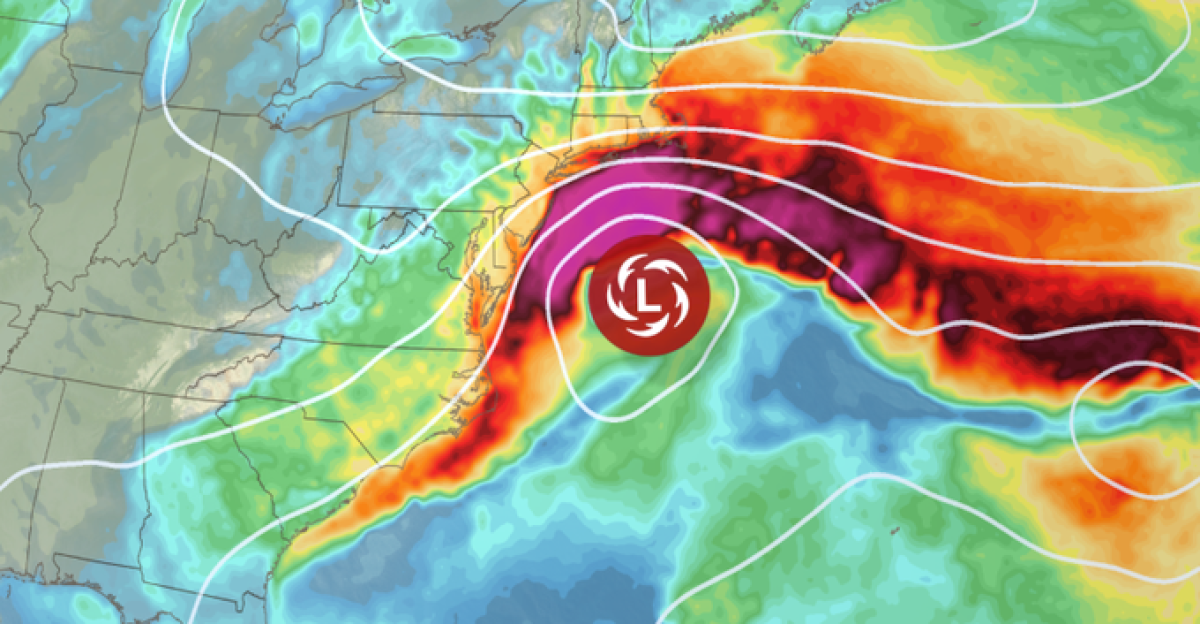
A nor’easter is a huge East Coast storm that moves slowly but packs a punch, bringing steady rain, high winds, and bad flooding. These storms often happen in fall and spring and can stretch for hundreds of miles, affecting large cities and small towns alike.
Nor’easters get their name from the strong northeast winds they bring, which make conditions even worse along the coast. Meteorologists compare a nor’easter to a tropical storm or hurricane, but these storms come from colder air mixing with moisture off the Atlantic Ocean.
Who’s Most At Risk?
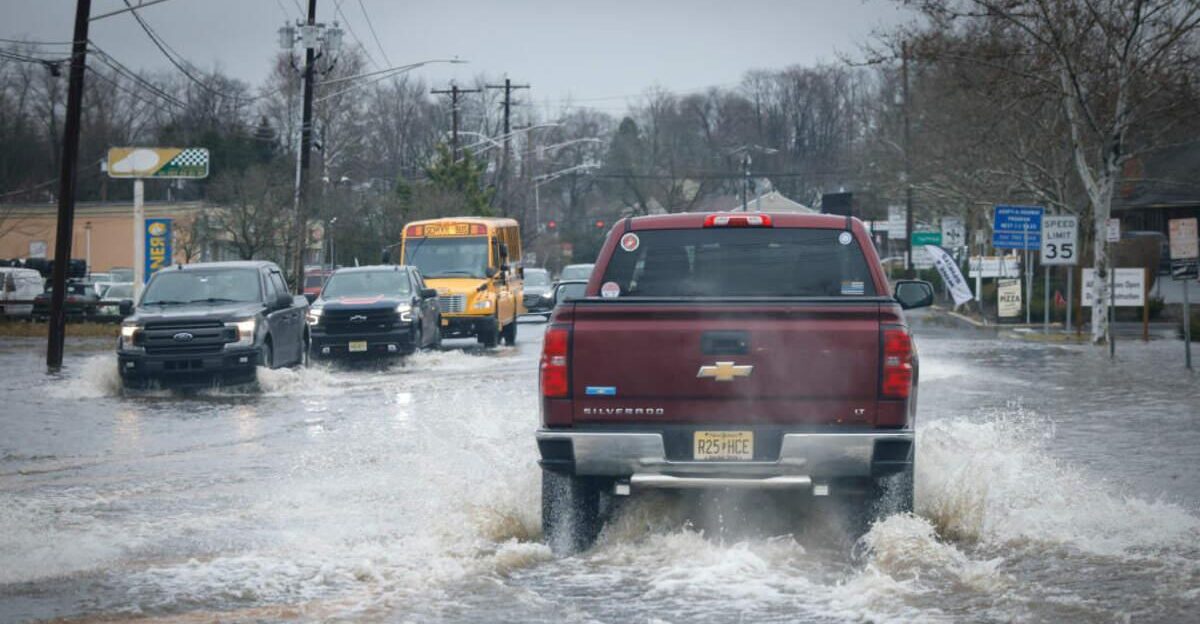
The State of Emergency specifically named the Bronx, Brooklyn (Kings), Manhattan (New York), Queens, Staten Island (Richmond), Nassau, Suffolk, Westchester, and nearby counties expected to feel the storm’s full force. All residents in these regions were reminded repeatedly to make plans and listen for possible evacuation notices, as storm conditions could change quickly.
Local leaders worked with state teams to set up potential shelters for people living in flood-prone neighborhoods. Guidance included gathering supplies, charging phones, and staying tuned to official updates. “As the Nor’easter continues making its way through New York, I’m declaring a State of Emergency across boroughs and counties most impacted by the storm,” Governor Hochul said in a statement. “The safety of New Yorkers is my top priority, and I continue to urge extreme caution until the storm has passed through the state.”
Weather Threats and Warnings
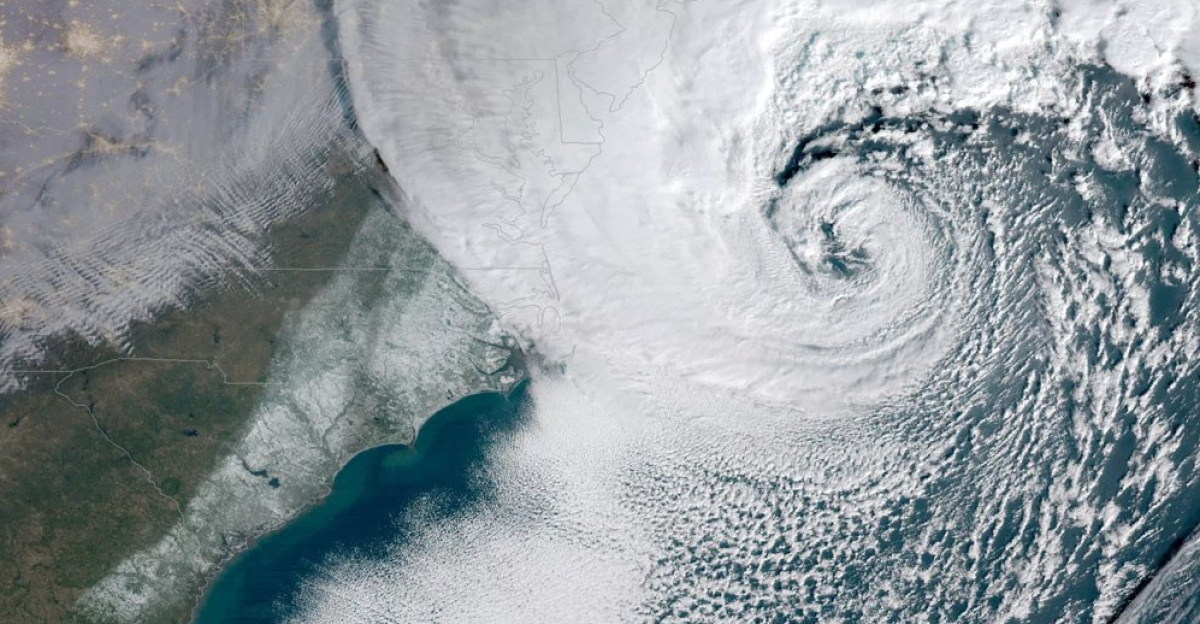
Meteorologists warned that the major dangers from this nor’easter were threefold with heavy rain (up to 3 inches in some places), winds topping 45 mph, and serious coastal flooding. These conditions could knock out power and leave streets impassable, especially near bodies of water.
The combination of rain and wind prompted flood warnings, wind advisories, and official recommendations for people to stay indoors. The National Weather Service urged everyone along the south shore of Long Island and Jamaica Bay, where flooding is common, to get ready for water levels that may reach homes and businesses.
Rising Waters and Flood Alerts
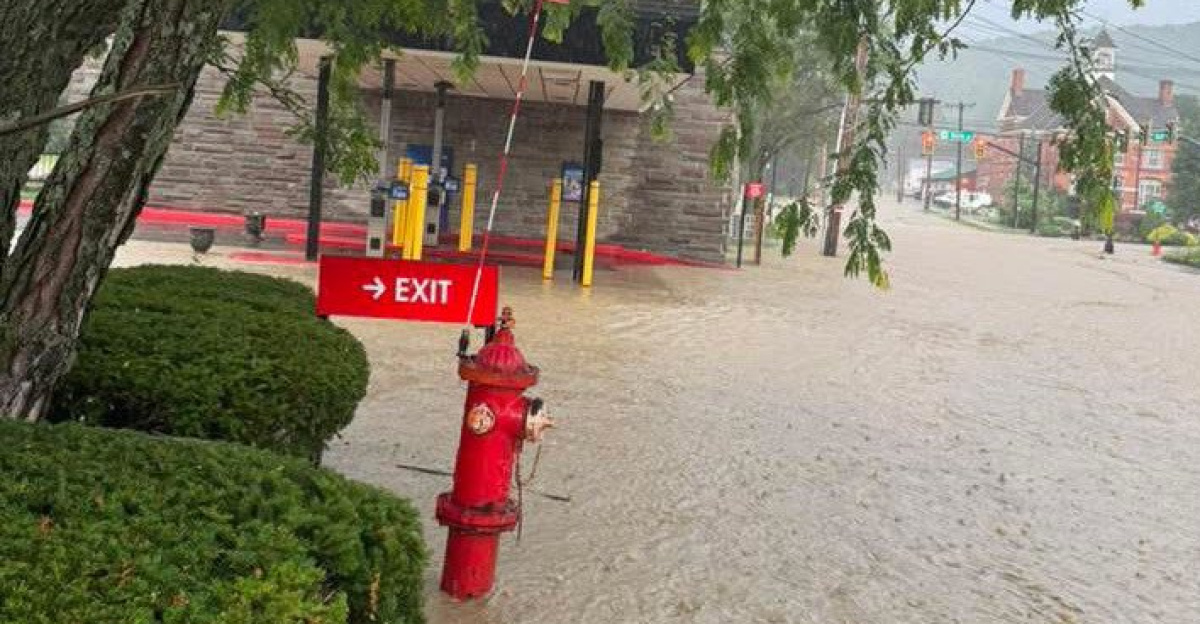
On Sunday evening, coastal flood warnings were issued for Long Island, New York City, and Westchester, signaling moderate to severe flooding in some communities until at least Monday night. Minor flooding was expected in some neighborhoods, but places along the south shore bays could see much worse.
Weather agencies forecasted higher tides, with flooding cycles lasting through several high tide events as the storm lingered. For many families, that meant moving valuables to higher ground, checking sump pumps, and listening out for evacuation notices.
Wind Dangers and Power Concerns
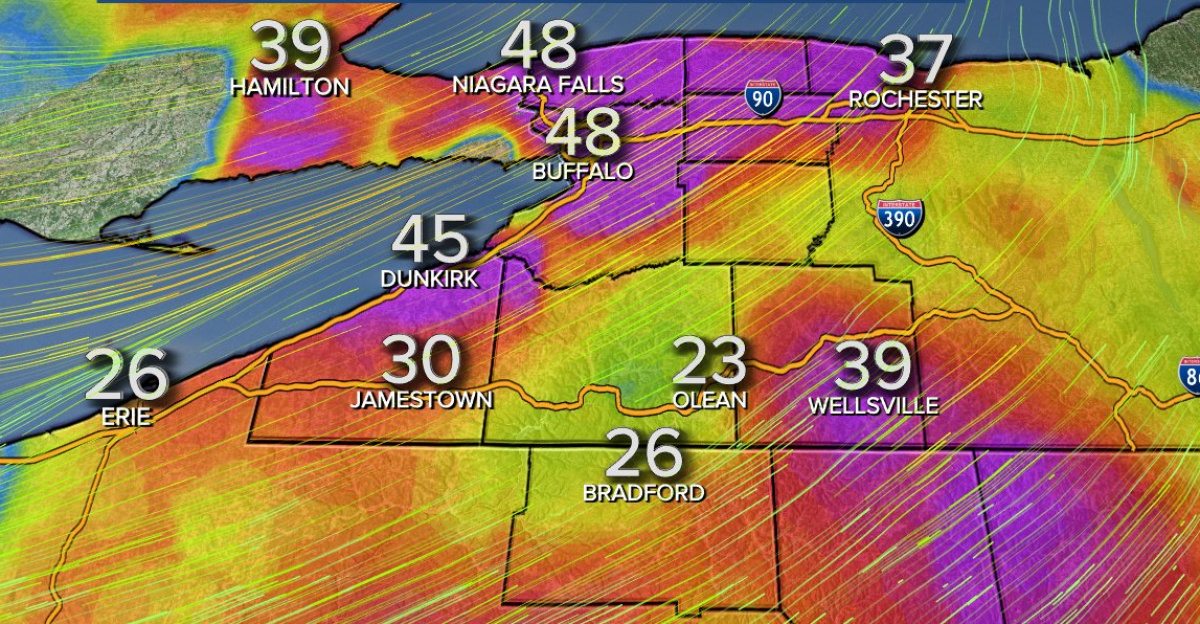
High wind warnings stretched across Suffolk County and included parts of New York City and Westchester, with gusts powerful enough to topple trees, break branches, and bring down power lines. Officials warned that outages could affect thousands, leaving homes without light or heat as lines are repaired.
Utility crews worked overtime, calling in extra workers from other regions to help restore power if needed. Experts predicted winds could peak above 45 mph, and in eastern Long Island, gusts might even reach 60 mph.
Travel Troubles and Road Closures
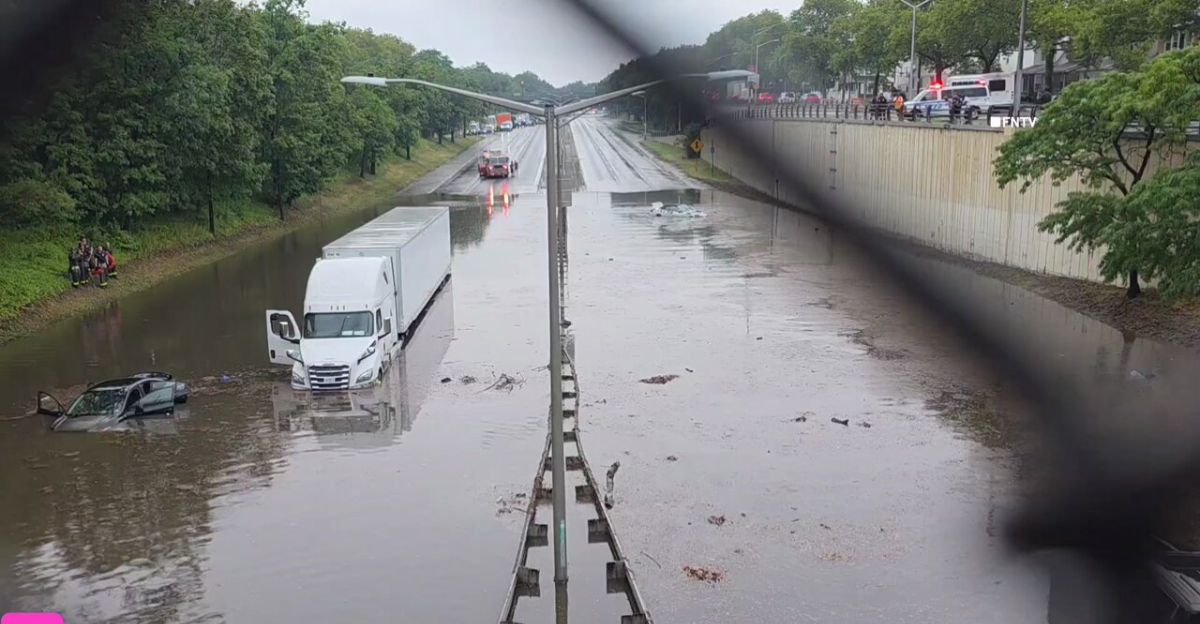
The storm led to widespread travel disruptions, with many roads closed and driving conditions declared hazardous throughout southern New York. The Metropolitan Transit Authority (MTA) took swift action by banning empty tractor-trailers and tandem trucks from crossing the city’s seven major bridges, hoping to prevent accidents and keep traffic flowing for emergency responders.
Local police set up barricades and redirected cars away from flooded streets and dangerous intersections. Public transit, especially buses and commuter trains, saw delays and cancellations as the weather worsened. Even seasoned drivers felt the strain, with heavy rain making visibility poor and strong gusts causing cars to swerve.
Airports Hit, Flights Grounded
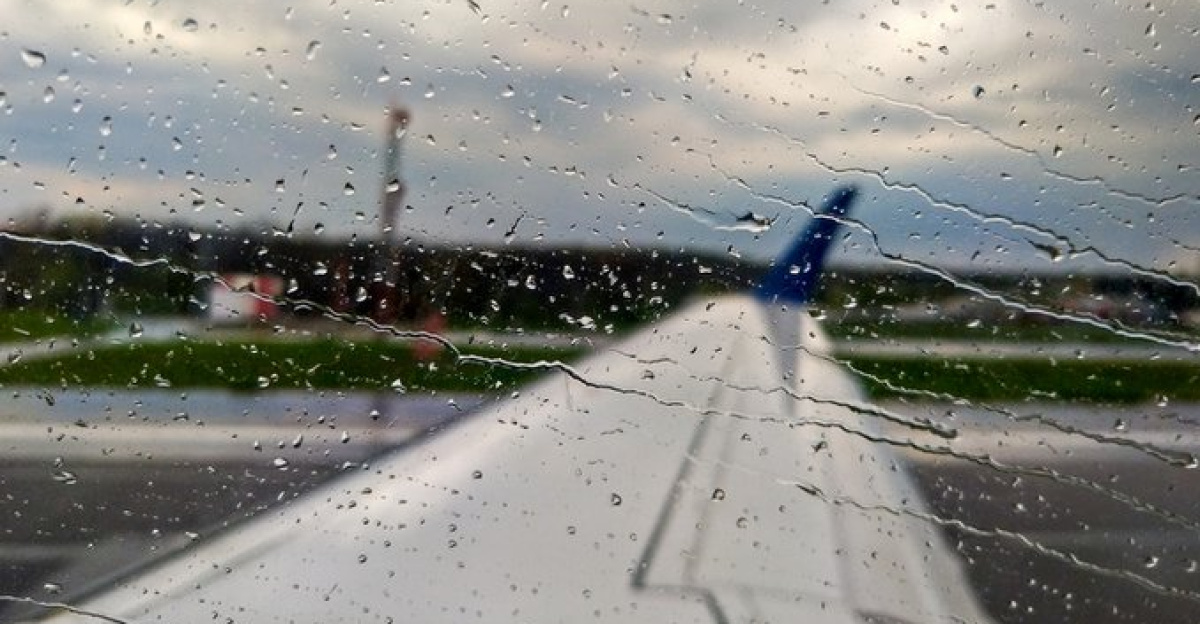
Major airports in and near New York, including LaGuardia and Newark Liberty, reported thousands of flights delayed or canceled because of the nor’easter. Flooding on runways and dangerous wind conditions forced airlines to reschedule, leaving many travelers stranded or forced to change plans at the last minute.
Airport staff scrambled to keep stranded passengers informed and arranged for overnight accommodations when possible. Airlines issued alerts through apps and websites, encouraging passengers to rebook or check flight status frequently.
Emergency Teams Mobilize
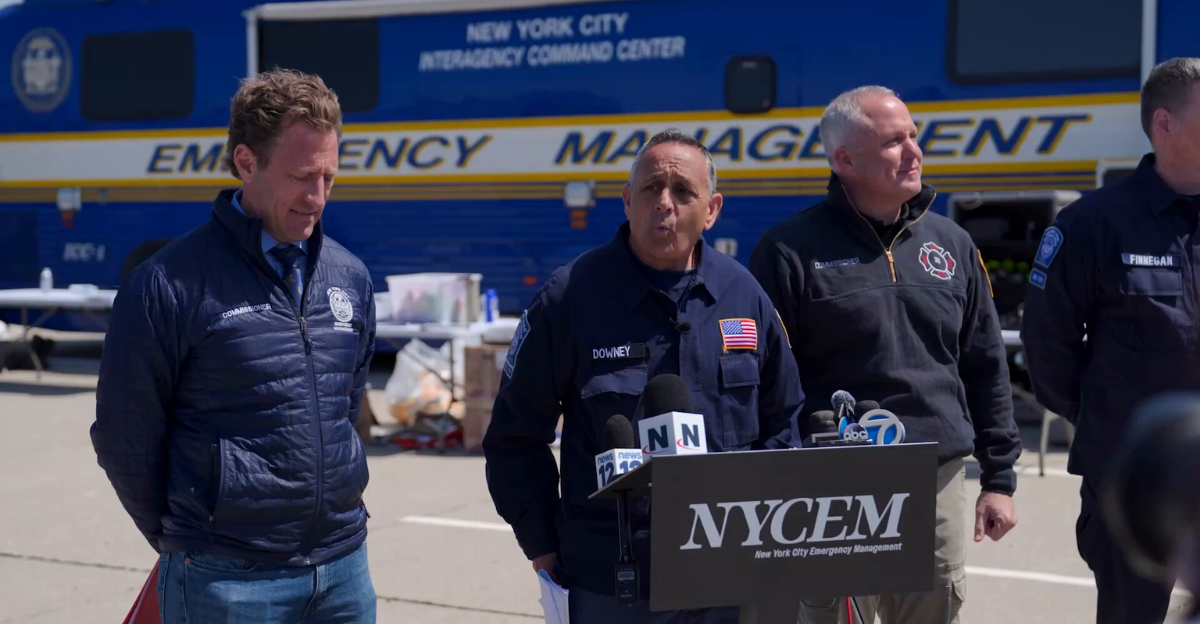
Around-the-clock emergency response teams sprang into action as soon as the State of Emergency was declared. Crews from fire departments, local police, and state agencies traveled to vulnerable areas to help evacuate families, check for flood damage, and provide medical assistance where it was needed most.
The governor’s office sent extra workers and equipment to downstate counties, focusing efforts on neighborhoods with histories of severe flooding. Shelters opened for those forced from their homes, offering food, blankets, and support.
Governor Calls for Extreme Caution
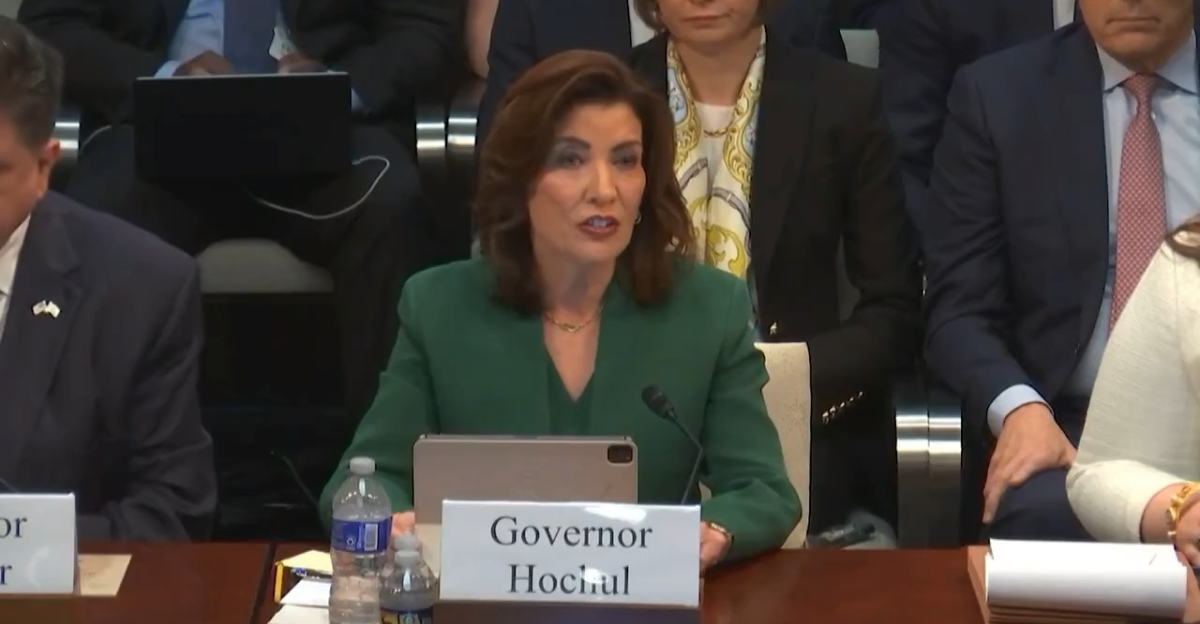
Governor Hochul went on record repeatedly, making televised and written statements to reinforce the seriousness of the crisis. New Yorkers were urged to monitor news updates, follow alerts, and avoid risky activities like venturing outside or driving during peak storm hours.
Hochul’s authority helped direct resources, with local governments echoing her call to stay vigilant & take steps now to prepare. “I am urging all New Yorkers to stay vigilant, stay informed, and use caution as we expect excessive rainfall with the potential for flash flooding,” Hochul said in a statement.
Strong Partnership with Local Leaders
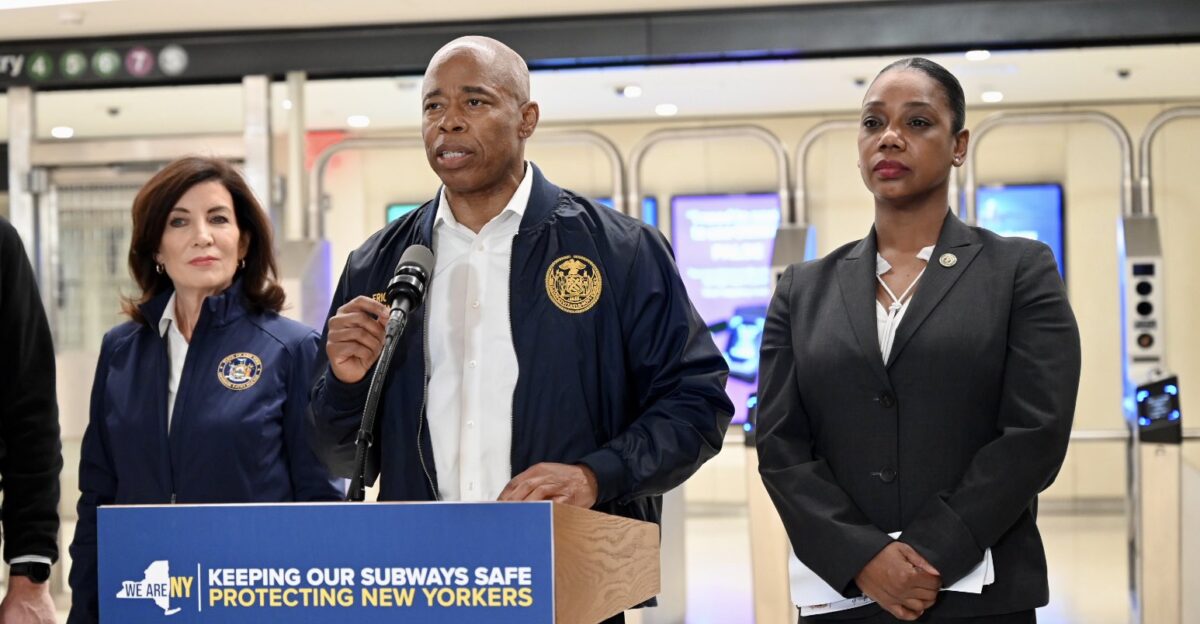
Governor Hochul and her office worked closely with city and county leaders, including Mayor Eric Adams, to coordinate preparations and response efforts. Adams publicly thanked state officials for consistent updates and teamwork.
The emphasis was on unified communications and resources, with state and local teams sharing weather data, rescue plans, and shelter locations to keep everyone aligned. This streamlined approach allowed for quick problem-solving as needs changed from hour to hour.
New Jersey and Other States Brace for Impact
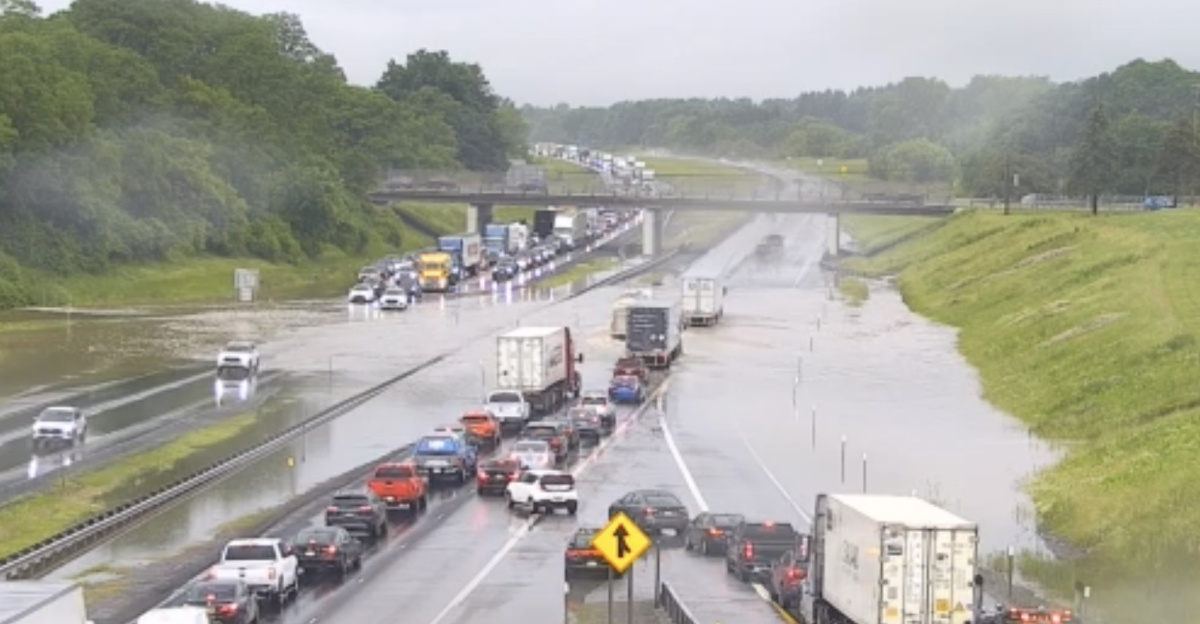
The nor’easter hammered not only New York but neighboring states, especially New Jersey. Their governor issued a similar emergency order, reflecting the storm’s wide reach and the need for multi-state coordination.
Emergency crews rescued people trapped by flooding, while local leaders worked with federal agencies for extra support. At the Jersey Shore and southern Connecticut, scenes mirrored those in New York, with submerged streets and heavy rain.
Getting Ready
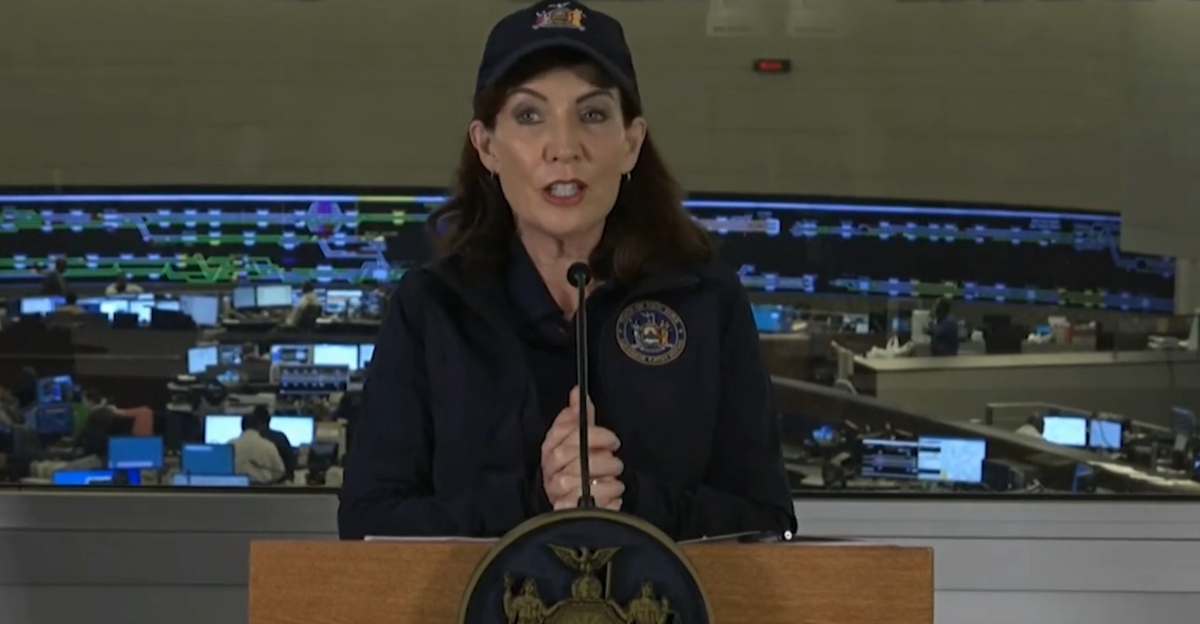
Authorities advised everyone to act quickly and secure outside property, clear drains, and gather supplies like water, flashlights, and batteries. Families were told to check emergency kits, charge phones and backup batteries, and pay close attention to local evacuation orders and weather bulletins.
Extra help for seniors, people with disabilities, and young children became a top priority in neighborhoods near rivers and waterfronts. Centers for shelter opened early, stocked with food and blankets for those needing a safe place to wait out the storm.